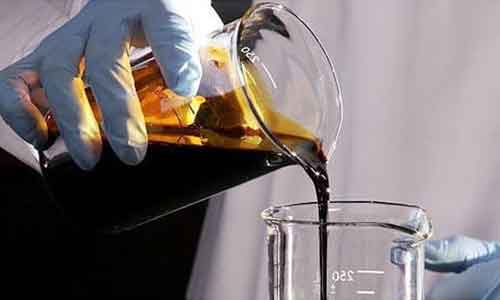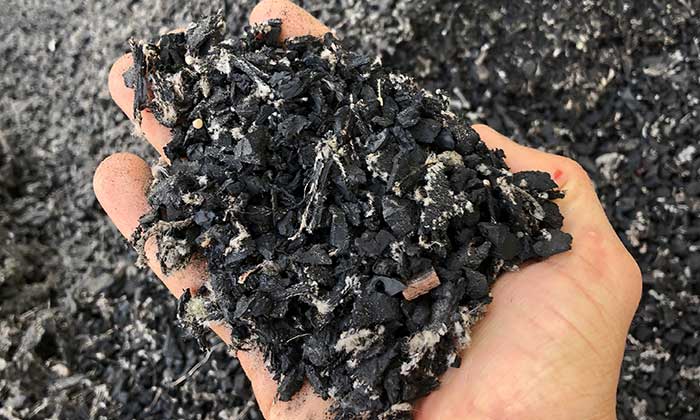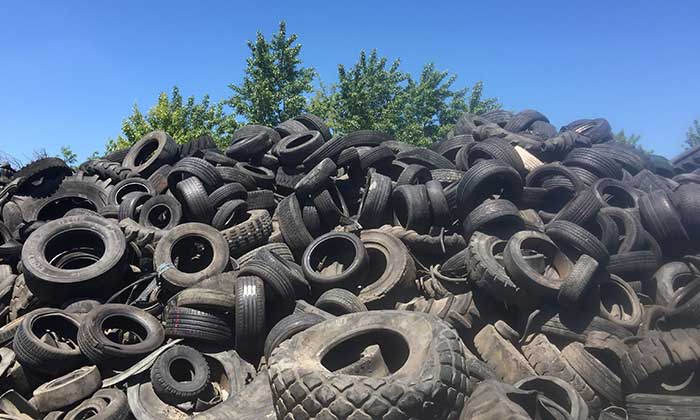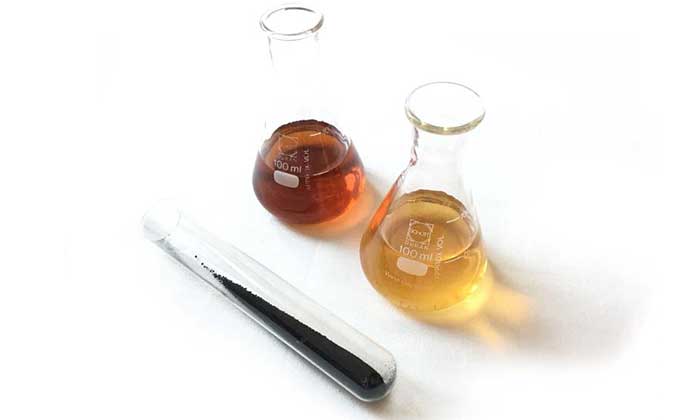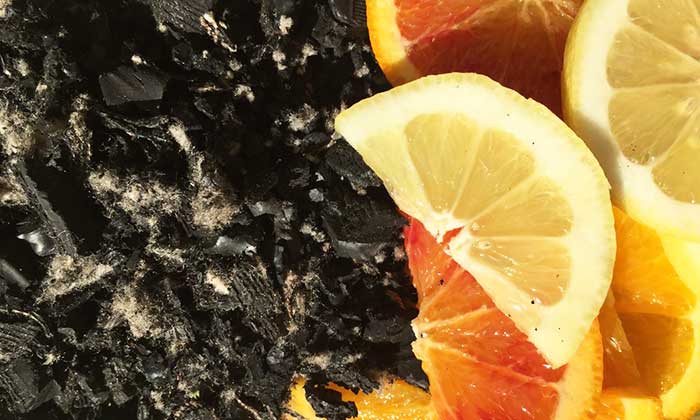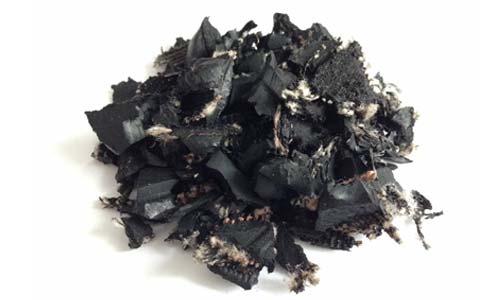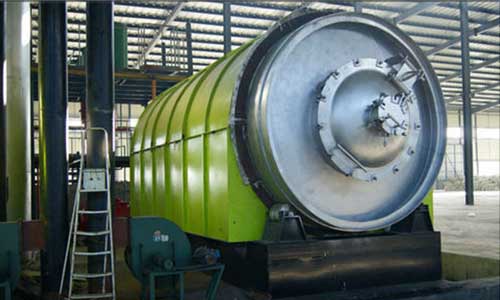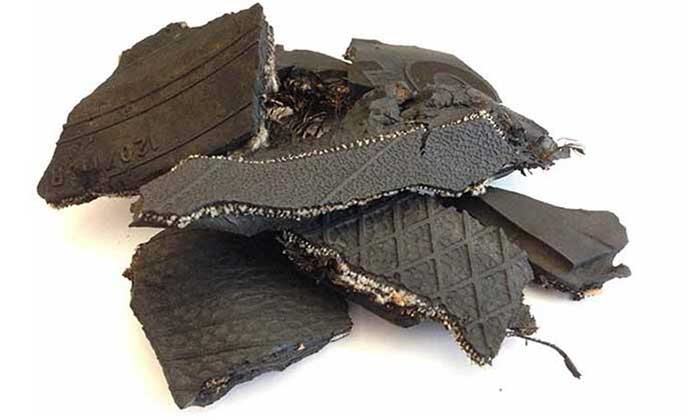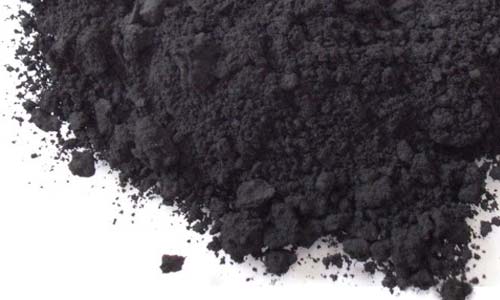
Weibold Academy: Recovered Carbon Black emerging in the rubber industry
This article deals with the question of whether the scientific recommendations for the development of new modification methods for upgrading recovered Carbon Black (rCB) derived from end-of-life tire (ELT) pyrolysis have not already been (partially) overtaken by industrial practice. This question does not mean that the extensive research on rCB is unnecessary. Quite the contrary! Past and new research results were and are of priceless value for the development of new ASTM approved characterization methods to be able to predict rCB performance in rubber applications in a practical and science-based manner.



